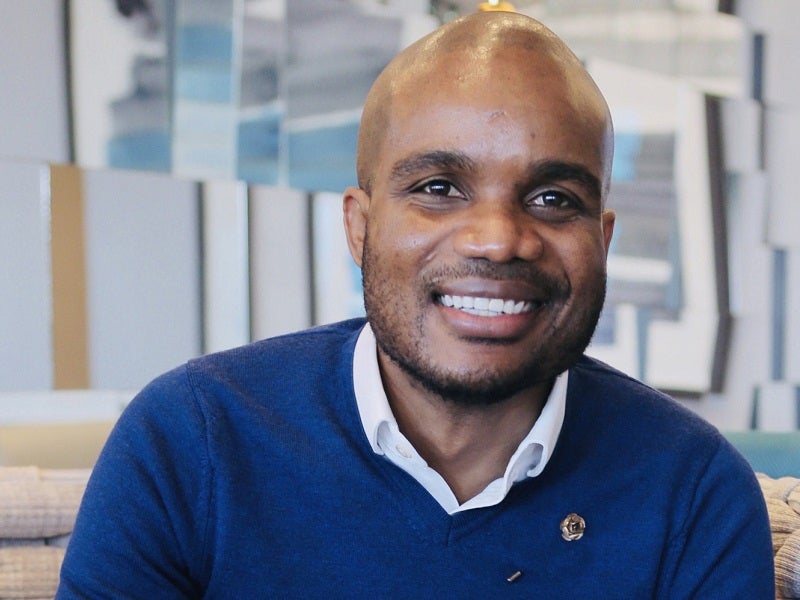
Healthcare-focused data analytics firm Draper & Dash has deployed its software in over 20 public and private hospitals across the UK, US and Australia. The company’s artificial intelligence (AI)-powered analytics platform uses machine learning techniques to predict patient flow and demand for hospitals and healthcare providers, delivering significant cost savings and boosting operational efficiencies for its clients.
Chloe Kent spoke to Draper & Dash CEO Orlando Agrippa about the logistical challenges facing hospitals, and how AI can help to overcome them.

Discover B2B Marketing That Performs
Combine business intelligence and editorial excellence to reach engaged professionals across 36 leading media platforms.
Chloe Kent: How does Draper & Dash’s AI technology work?
Orlando Agrippa: Every hospital across this planet, whether it’s in China, the Middle East, the US, will have a few things in common. One of these is the fact that every hospital has got to have a clinical system, something which captures all of their patients’ transactions and data. Most hospitals will have a second sort of common factor: they have to spit out data from different services, inpatient and outpatient and A&E, almost daily and in some cases by the minute. Globally, they spit out broadly the same type of data in broadly the same structure.
How can we use this to drive better quality of care looking forward? Invest heavily in machine learning, AI and our predictive capability. At the point of a patient turning up to the front door of a hospital and a doctor deciding to admit them into a bed, what we can very accurately predict is how long the patient will be in the bed and what factors are driving them to be in the bed for that long.

US Tariffs are shifting - will you react or anticipate?
Don’t let policy changes catch you off guard. Stay proactive with real-time data and expert analysis.
By GlobalDataIf we know that patient X has diabetes, and is on a specific set of medicine or drugs to manage their care, then we can look over millions of patient records to find all the patients like patient X and the common factors that make them unique and the historical patterns. We can work out their likelihood of hitting the hospital front door and becoming an inpatient again, and what drug regime they could potentially go on. We can then use that as patient zero to predict what might happen to all the patients like them.
CK: How will predictive data help overcome hospital management problems?
OA: AI and machine learning and predictive algorithms are able to do hundreds more tasks than any human can do, and with the same or more accuracy. In terms of hospital management, not only will areas like diagnostics change to speed up the process, I think predictive algorithms will help physicians and operational managers to make better decisions.
CK: What are the biggest challenges facing hospital management right now?
OA: The things that hospitals are preoccupied with, though they might rotate based on which government in power, have not changed in at least in the last 14 years. Those things are: money, A&E, waiting times for elective patients and cancer wait times. Over those years those four priorities have moved up and down, and excluding money they all are categorised to some extent based on the flow and their impact to see, treat, admit and discharge patients pretty rapidly.
For me, I think the change around how those priorities might be influenced will come not from policymakers, or a top-down approach, or health systems over-planning. I think these things will remain the same for a lot of countries, however the way patients access it will be delivered by a completely different model. I think it’s patients who will change it, as opposed to policymakers or health systems.
CK: Can this predictive data save hospitals money in the long run?
OA: The price of a hospital bed is comparable to some of the most expensive hotels on the planet. If you imagine those two parallels for a second, and then you think ‘Patient X is likely to be stuck in this hospital bed’ then as a clinical team we can look at preventative mechanisms that can support us in discharging them two or three days faster, we are already looking at thousands saved per patient per day. If you roll that up into an annual saving across every single hospital, we are talking about hundreds of millions in savings.





